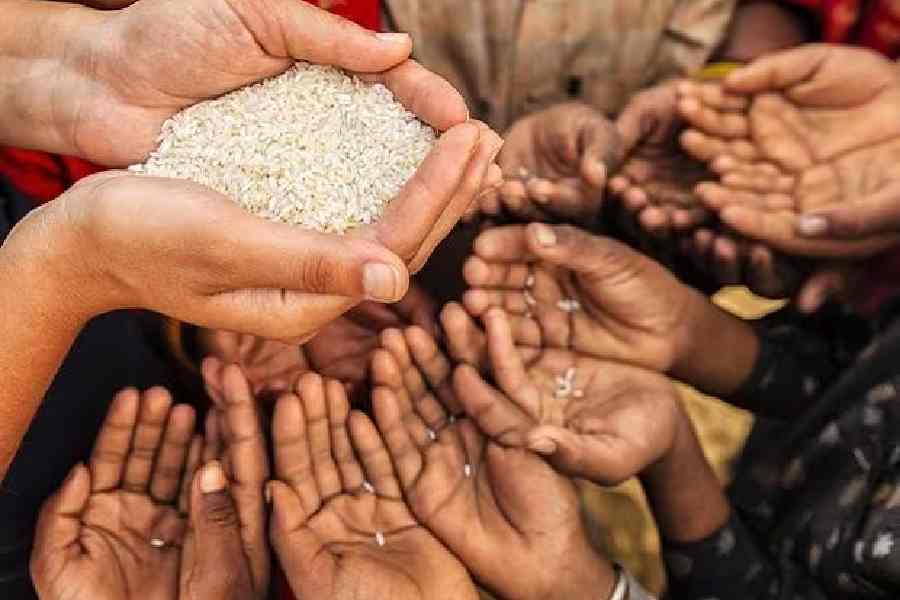Members of India’s ruling dispensation are often found making vociferous claims about the nation’s march on the path of development under Prime Minister Narendra Modi. But the proverbial slip between cup and lip is becoming difficult to ignore. The report, Regional Overview of Food Security and Nutrition 2023: Statistics and Trends, published by the Food and Agriculture Organization of the United Nations, has revealed that 74.1% of Indians were unable to get access to healthy food in 2021. South Asia, incidentally, recorded the highest prevalence of food insecurity. What is concerning is that India was ranked lower than its neighbours, including Bangladesh, Sri Lanka, Bhutan and Iran. The persistence of India’s nutritional challenge is also borne out by the report: 76.2% of Indians could not afford a healthy diet in 2020 while about 16.6% were undernourished the following year. The causes of these depressing data are well-known. The pandemic led to disruptions in the economy and, consequently, to loss of income and livelihood opportunities. The combined effects of ascendant food inflation and declining purchasing power ensured that nutrition remains a luxury for three out of every four Indians. Entrenched gender and social inequalities, highlighted in the National Family and Healthy Survey 5, have also amplified attendant crises: as per the UN report, 31.7% of children in India suffer from stunted growth while 53% of women of reproductive age are anaemic. The economic and the healthcare burdens of malnutrition are considerable; the lack of nutrition also belies the tall claims about India meeting its welfare commitments.
Red flags about hunger and malnutrition have been raised by several studies. The Global Hunger Index 2023 showed India in an unflattering light. Similarly, The State of Food Security and Nutrition in the World highlighted that the share of Indians who can afford a healthy diet is minuscule. Disconcertingly, the government’s standard response to these revelations has been either denial or raising questions regarding research methodologies. What must not go unnoticed is the State’s curbing of the choice of food and its impact on health. A survey by IndiaSpend had shown that only three out of the 10 states with the worst nutritional outcomes provide eggs in mid-day meals. India’s challenges of hunger and poor nutrition are thus a combination of economic, structural and ideological impediments. Strangely, a nation with a seat on the global high table is struggling to find nourishment for its people.











